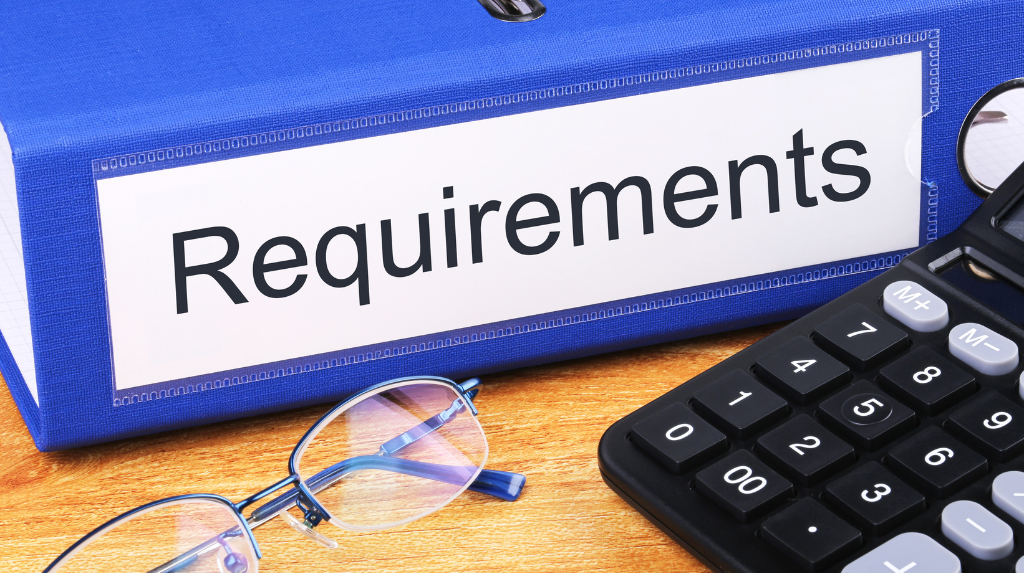Finland is at the forefront of a significant shift in how medications are purchased internationally, thanks to its innovative electronic prescription initiative. This system allows for easier acquisition of prescription medicines across European borders, with Estonia leading as an early adopter.
Understanding Medication Variations
When buying prescription medicine abroad, it’s important to recognize that the medication may differ from what is available in Finland. Always read the enclosed instructions carefully for crucial information on dosage and proper use.
Researching Import Restrictions
Before traveling, research the medication import restrictions of your destination. Countries vary widely in their rules on the types and quantities of medicines allowed, which is critical for ensuring smooth travel without legal issues.
Considering Transit Countries
Don’t forget to research the medication regulations of transit countries as well. Knowing these rules in advance can help avoid unexpected problems when crossing borders.
Navigating Regulatory Requirements
In some cases, you might need an import permit or a certificate from the relevant authorities. Contact the customs authorities of your destination country early to understand what is required.
Prioritizing Documentation
Keeping detailed documentation, such as prescriptions and necessary certificates, organized is crucial to ease the process at customs and avoid delays.
Embracing Electronic Prescriptions
The move towards electronic prescriptions is a key part of the global trend towards digital healthcare. This technology not only streamlines the transfer of medical information but also supports the broader digital transformation in healthcare.
The shift towards electronic prescriptions in Finland represents a significant change in how medications are procured across borders. By understanding and preparing for the regulations involved in cross-border medication acquisition, travelers can manage their health needs seamlessly during their journeys. This blend of technology and healthcare enables individuals to maintain their well-being no matter where they are.
What are the main challenges when using a cross-border prescription in another EU country?
Using a cross-border prescription in another EU country can present several challenges. Here are the main issues that individuals may encounter:
1. Availability of Medications
- Different Availability: A medication prescribed in one EU country may not be available in another. Some medicines might have different commercial names or formulations, leading to confusion at the pharmacy.
- Authorization Issues: Certain medications may not be authorized for sale in the destination country, even if they are available in the country where the prescription was issued1.
2. Prescription Requirements
- Specific Information Needed: Cross-border prescriptions must contain specific details, including patient information, prescribing doctor’s credentials, and medication details (common name, dosage, format). If any required information is missing or incorrect, pharmacies may refuse to dispense the medication.
- Lack of Standardization: There is no universal format for cross-border prescriptions across EU countries, which can lead to misunderstandings or refusals at pharmacies.
3. Pharmacy Discretion
- Pharmacy Policies: Individual pharmacies have discretion over whether to fill a foreign prescription. If there are doubts about the prescription’s authenticity or validity, pharmacists may refuse to dispense it4. This can be particularly problematic if the pharmacy is unfamiliar with the prescribing country’s regulations.
4. Reimbursement Challenges
- Upfront Payment: Patients often have to pay for medications upfront when using a cross-border prescription and then seek reimbursement from their home country’s health insurance provider. This process can be complicated and may lead to unexpected out-of-pocket costs.
5. Language Barriers
- Translation Issues: Prescriptions written in a language other than the local language may be confusing. Pharmacists might struggle to understand the prescription details, leading to dispensing errors or refusals.
6. Technical Problems
- E-Prescription Limitations: While some countries have implemented electronic cross-border prescriptions (CBePs), technical issues can arise. For instance, pharmacies may face difficulties accessing or verifying electronic prescriptions from other countries due to system incompatibilities or technical failures.
7. Legal and Regulatory Differences
- National Legislation Variations: Different countries have varying regulations regarding medications and prescriptions. This can affect what medications are available and how prescriptions are processed, leading to confusion for patients trying to navigate these differences.
How Law and Visas Can Help?
At Law and Visas, our team of expert immigration consultants is here to make your travel to Finland straightforward and successful. Whether you’re applying for a Schengen Visa or a Long-Stay Visa, we handle every step from preparing your application to gathering the required documents.
Our immigration Consultants and Lawyers ensure that your application meets the highest standards, with no details missed. We’ll also keep you informed throughout the process and coordinate with the immigration office or embassy on your behalf.
Law and Visas has a strong record of helping clients secure the visas/permits they need in Finland. Call us today at +234 812 5505 986 to learn how we can assist you.





